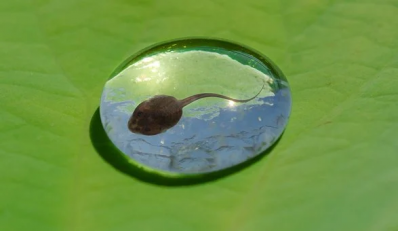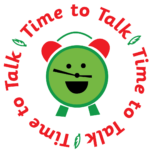Commas for lists: dwarf frog
The Grammar Bit!
Read the three sentences opposite. They each contain a list of three or more items or actions.
In each list sentence, you’ll notice that commas (bold) have been used to separate the individual items or actions. It is usual to replace the comma between the final two items/actions with the coordinating conjunction ‘and’.
With your talk partner, read each sentence aloud and add a new item to the list. Where there is a comma, clap your hands.
Scintillating Sentences
1) The tiny frog crept past the giant centipede, an enormous tree boa, a beautiful painted snail and a hairy tarantula.
2) The presenter was extremely excited, enchanted and curious when the dwarf frog emerged from the undergrowth.
3) The Monte Iberia dwarf frog eats a wide range of invertebrates that include ants, mites, moths and spiders.

Did you know?
The life-cycle of the Monte Iberia dwarf frog is similar to that of other frogs. It begins life as an egg. The egg soon turns into a water-based tadpole. The tadpole grows and eventually changes into a ground-dwelling frog.

 Sign in
Sign in

